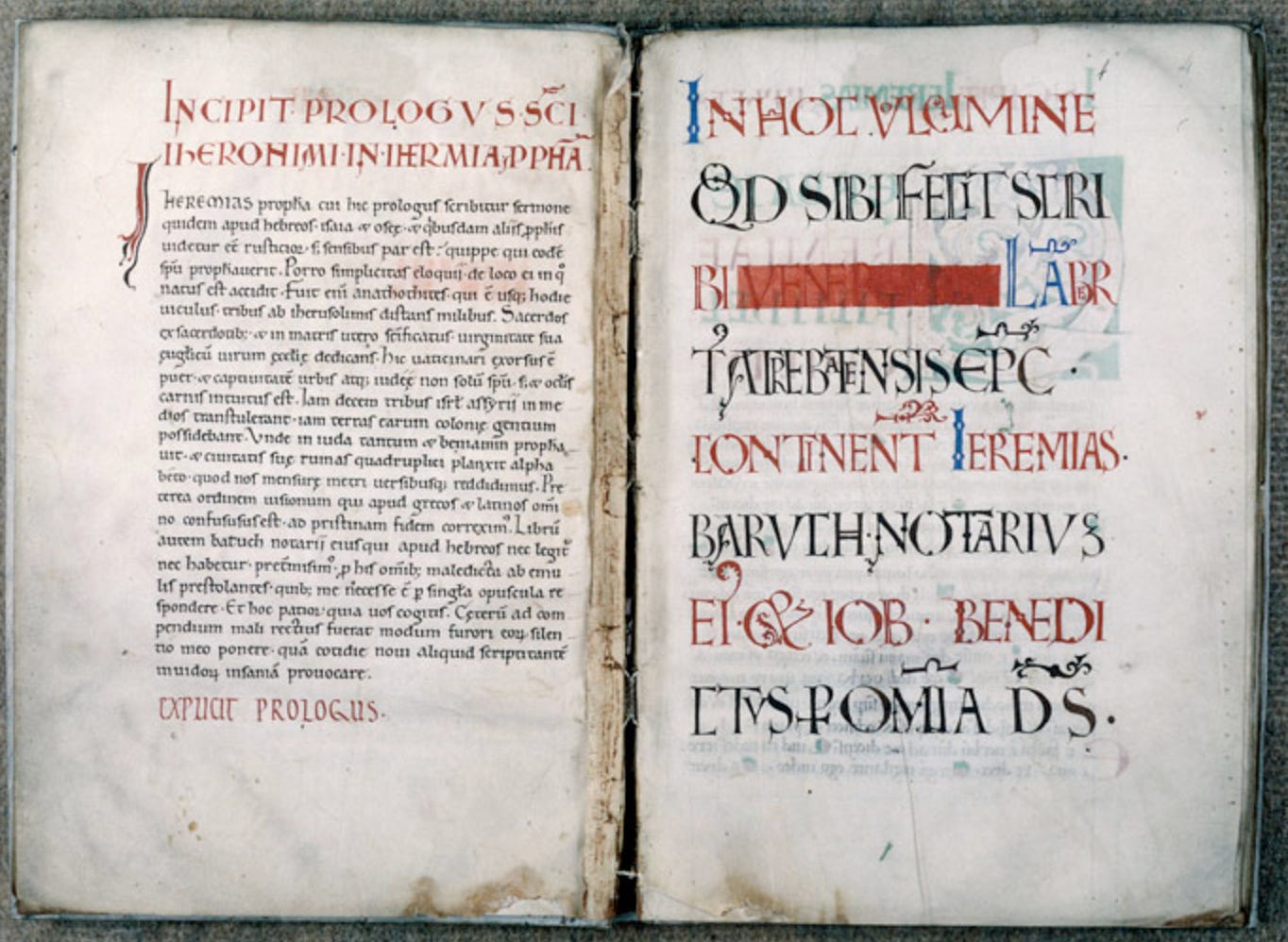Speed and writing

The history of writing is many things, but it is also a history of raising the speed bar. From stone and wood to paper and digital, writing went faster and faster. New writing technologies superseded old ones not only because they made records more permanent and reliable, but because they saved time.
Parchment replaced papyrus for many reasons, but also …
Keep reading with a 7-day free trial
Subscribe to Biblonia to keep reading this post and get 7 days of free access to the full post archives.

